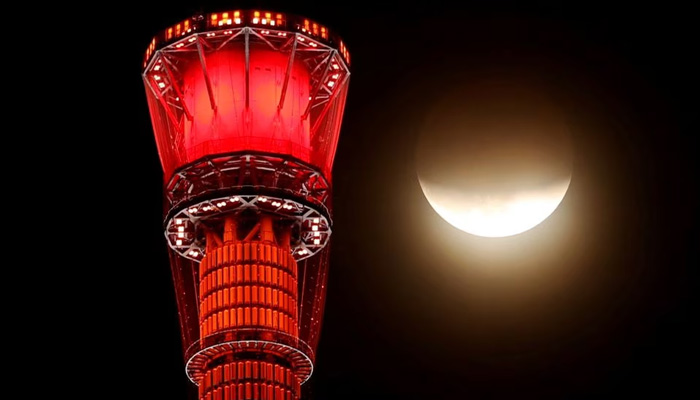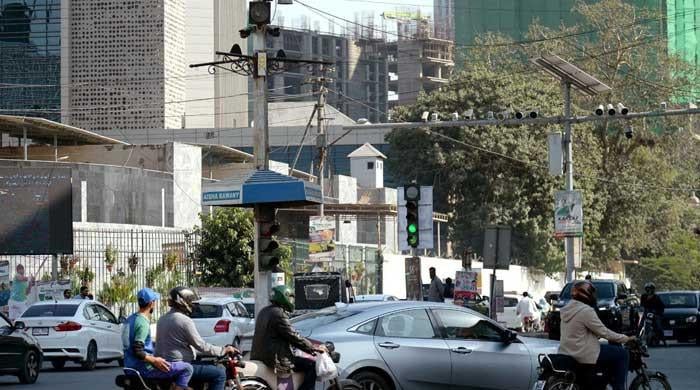Will last lunar eclipse of 2023 be visible in Pakistan?
Second and last lunar eclipse of the year to dazzle skies in different parts of world on October 28
October 27, 2023

A lunar eclipse is set to grace skies in different parts of the world on Saturday (tomorrow), which will be the last chance to witness a grand celestial event this year for those who love peering into the skies.
Tomorrow's lunar eclipse will be a partial penumbral lunar eclipse, as per a report published by Earth Sky — occurring for the second and last time in 2023 just two weeks after the last solar eclipse of 2023 that happened on October 14.
Earlier, the phenomenon occurred at the start of May this year.
The eclipse will be visible in parts of Europe, Asia, Australia, Africa, North America, North/East South America, Pacific, Atlantic, Indian Ocean, Arctic and Antarctica.
The Pakistan Meteorological Department (PMD) said that the October 28 lunar eclipse will also be seen in Pakistan.
It said that the eclipse would start in the wee hours of Saturday at 11:02pm (local time), peak at 01:14am and end at 03:26am on October 29 (Sunday).
What is a lunar eclipse?
Lunar eclipses occur when the Earth positions itself between the sun and the moon and casts a shadow across the moon's surface. They can only occur during a full moon and make for an interesting skywatching target.
Types of lunar eclipse
It should be noted that there are three types of lunar eclipses depending on how the Sun, Earth and moon are aligned at the time of the event.
Total lunar eclipse — Earth's shadow is cast across the entire lunar surface.
Partial lunar eclipse — Only part of the moon enters Earth's shadow, which may look like it is taking a "bite" out of the lunar surface
Penumbral lunar eclipse — the faint outer part of Earth's shadow is cast across the lunar surface









